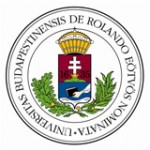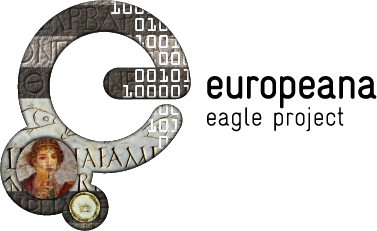 The Eötvös Loránd University – the oldest University in Hungary – was established in 1635. When the university was moved to Pest (actual Budapest) in 1777, the Archaeological Department was established by István Schönvisner, making it one of the oldest departments of the Faculty of Philosophy. In the 20th century the department attained a unique scientific profile in research and education, with a range of expertise that spans from prehistory and Classical Roman provincial archaeology to the Migration Period and the Hungarian Middle Ages. In 1995, the Institute of Archaeological Sciences was founded under the leadership of Professor Miklós Szabó. Thanks to this reorganization, four departments were integrated into this institute (the only archaeological institute in Hungary, which now treats all archaeological fields from prehistory to the Middle Ages on both the pedagogical and research levels. All departments have their own scientific staff and equipment, their own investigations and their own unique profile. The Department of Classical and Roman Provincial Archaeology, one of our candidates in this international cooperation, has great experience in the field of epigraphy; not only has the Department founder István Schönvisner published epigraphical works, but later professors of the Institute like Andreas Alföldi and Andreas Mócsy are counted among the most highly-regarded representatives of the discipline on an international level. A standout contemporary research effort within our Department is our project on the epigraphy of Roman Pannonia and the Danubian limes area. After numerous predecessors, an actual catalogue of the stone monuments of the Roman military complex on the Danubian limes in Pannonia was published by the Department in 2006. Stone monuments, upon many of which there were found inscriptions from this municipality and legionary fortress, were preserved in thirteen Hungarian, Austrian and Slovakian collections. They are a testimony to nearly 400 years of Roman history. The Department of Classical and Roman Archaeology has overseen systematic archaeological excavations in this area since 1992. The final task of the project will be a concise history of a Roman town on the frontier of the Roman Empire. To this end, we have a systematically-composed database of the stone monuments of Roman Brigetio, focused not only on text, but also on decoration. This material will serve as a valuable contribution to the EAGLE project.
The Eötvös Loránd University – the oldest University in Hungary – was established in 1635. When the university was moved to Pest (actual Budapest) in 1777, the Archaeological Department was established by István Schönvisner, making it one of the oldest departments of the Faculty of Philosophy. In the 20th century the department attained a unique scientific profile in research and education, with a range of expertise that spans from prehistory and Classical Roman provincial archaeology to the Migration Period and the Hungarian Middle Ages. In 1995, the Institute of Archaeological Sciences was founded under the leadership of Professor Miklós Szabó. Thanks to this reorganization, four departments were integrated into this institute (the only archaeological institute in Hungary, which now treats all archaeological fields from prehistory to the Middle Ages on both the pedagogical and research levels. All departments have their own scientific staff and equipment, their own investigations and their own unique profile. The Department of Classical and Roman Provincial Archaeology, one of our candidates in this international cooperation, has great experience in the field of epigraphy; not only has the Department founder István Schönvisner published epigraphical works, but later professors of the Institute like Andreas Alföldi and Andreas Mócsy are counted among the most highly-regarded representatives of the discipline on an international level. A standout contemporary research effort within our Department is our project on the epigraphy of Roman Pannonia and the Danubian limes area. After numerous predecessors, an actual catalogue of the stone monuments of the Roman military complex on the Danubian limes in Pannonia was published by the Department in 2006. Stone monuments, upon many of which there were found inscriptions from this municipality and legionary fortress, were preserved in thirteen Hungarian, Austrian and Slovakian collections. They are a testimony to nearly 400 years of Roman history. The Department of Classical and Roman Archaeology has overseen systematic archaeological excavations in this area since 1992. The final task of the project will be a concise history of a Roman town on the frontier of the Roman Empire. To this end, we have a systematically-composed database of the stone monuments of Roman Brigetio, focused not only on text, but also on decoration. This material will serve as a valuable contribution to the EAGLE project.
Role in the project
- Content provider
